South to Canada II
We have set an alarm for 6:00 almost every day of this trip. (A few days, mainly in Toronto, we set it for 7:00.) This morning, though, we wanted to get a really early start. We knew that Craters of the Moon would get hotter as the day progressed, and we also hoped to make it to Baker City before the Oregon Trail museum closed. So this morning, we got up at 5:30. It was still dark while we were eating breakfast. We were on the road by 6:50, and sunrise wasn't even until 7:05!
hillyer.michelle28
26 chapters
16 Apr 2020
Chapter 25
September 04, 2017
|
Twin Falls, Idaho to Baker City, Oregon
We have set an alarm for 6:00 almost every day of this trip. (A few days, mainly in Toronto, we set it for 7:00.) This morning, though, we wanted to get a really early start. We knew that Craters of the Moon would get hotter as the day progressed, and we also hoped to make it to Baker City before the Oregon Trail museum closed. So this morning, we got up at 5:30. It was still dark while we were eating breakfast. We were on the road by 6:50, and sunrise wasn't even until 7:05!
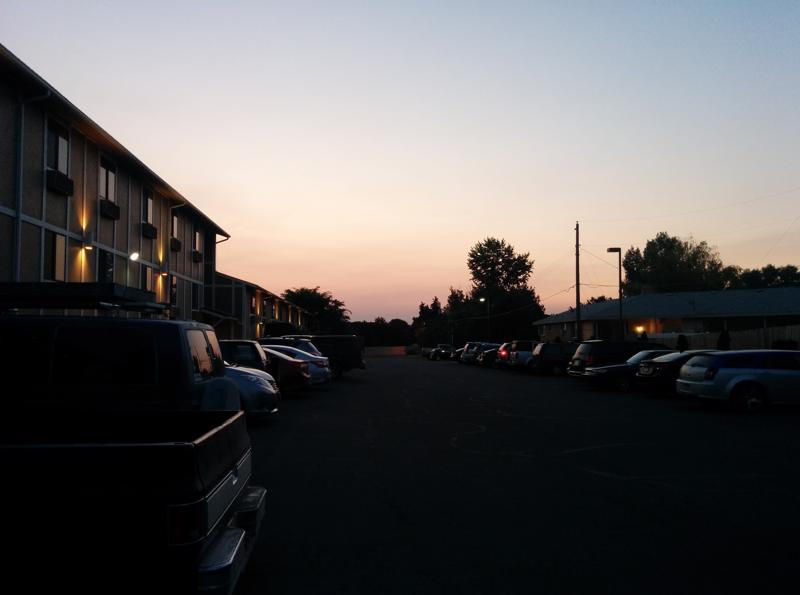
We drove out through more large irrigated fields, and saw the sun rise orange through smoke. We hadn't noticed smoke yesterday, or in Twin Falls this morning, but it was quite smoky as we approached Craters.
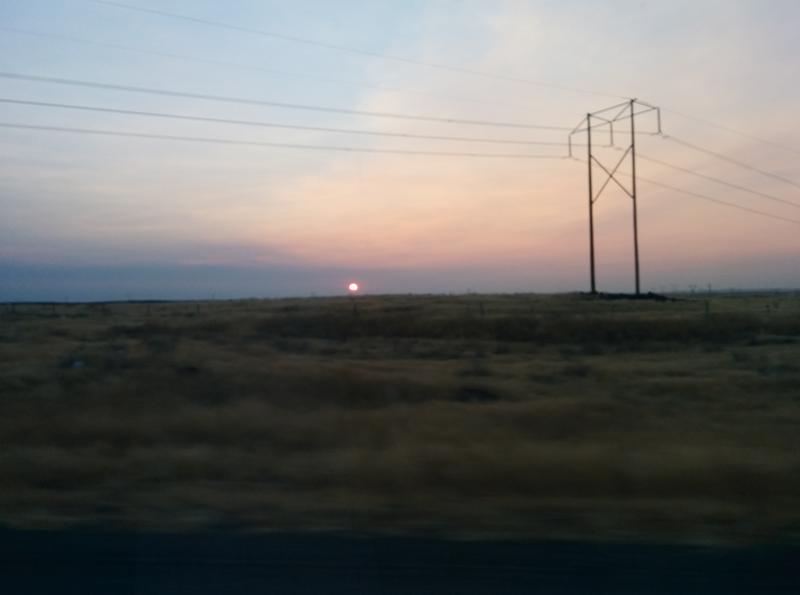
Very early in our planning for this trip, I read in the paper that the Trump administration wanted to take away national monument status from various landmarks, in order to hand them over to the extraction industry. Craters of the Moon was on that list, so we planned our trip home in order to visit while it's still here! I think in the end, they did not decide to take away its status ... yet.
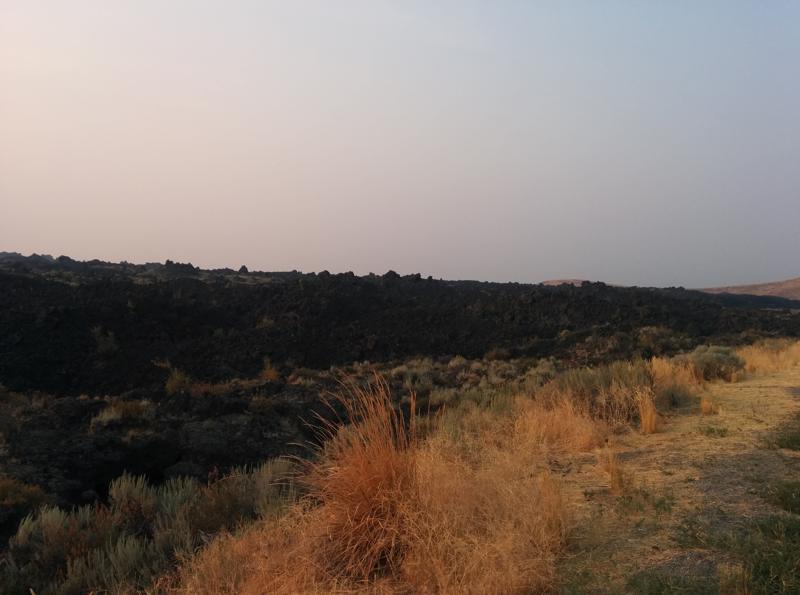
Craters of the Moon is a vast ocean of lava flows with scattered islands of cinder cones and sagebrush. It represents one of the best-preserved flood basalt areas in the continental United States. There are excellent examples of almost every variety of basaltic lava, as well as tree molds (cavities left by lava-incinerated trees), lava tubes (a type of cave), and many other volcanic features. One thing I learned is that it was formed between 2000-15,000 years ago. Longer ago, a hot spot was underneath, and now that hot spot causes the features in Yellowstone.
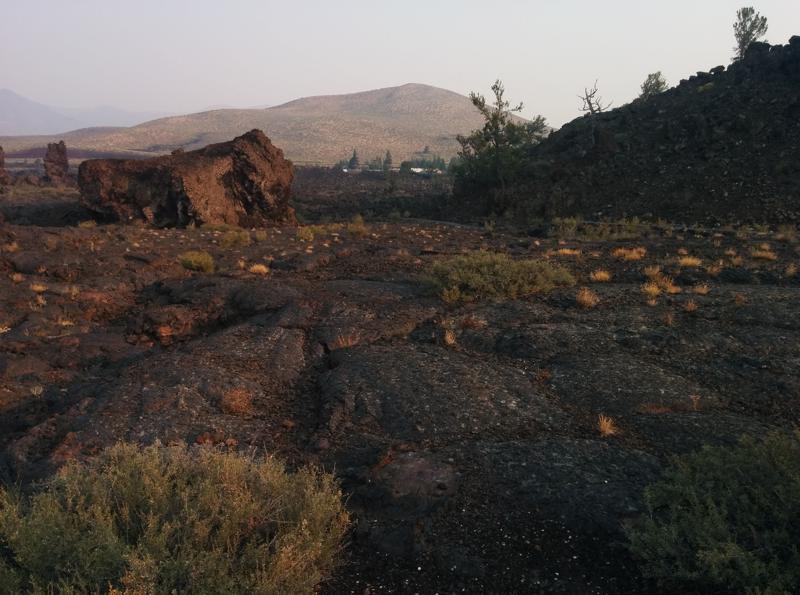
We drove the 7-mile loop road, stopping at 4 different places to walk short trails and view the features. We liked the names, like Devil's Orchard and Inferno Cone. We saw lots of ropy pahoehoe lava, looking like it had just flowed out yesterday. We climbed a cinder cone. We saw the snow cone, with a deep hole that had snow at the bottom -- in spite of recent 100 degree days. We also hiked out to see the tree molds. We were glad that we had chosen to visit in the morning, when it was still relatively cool, especially after we read that temperatures out on the lava flows can get up to 150 F/65 C!
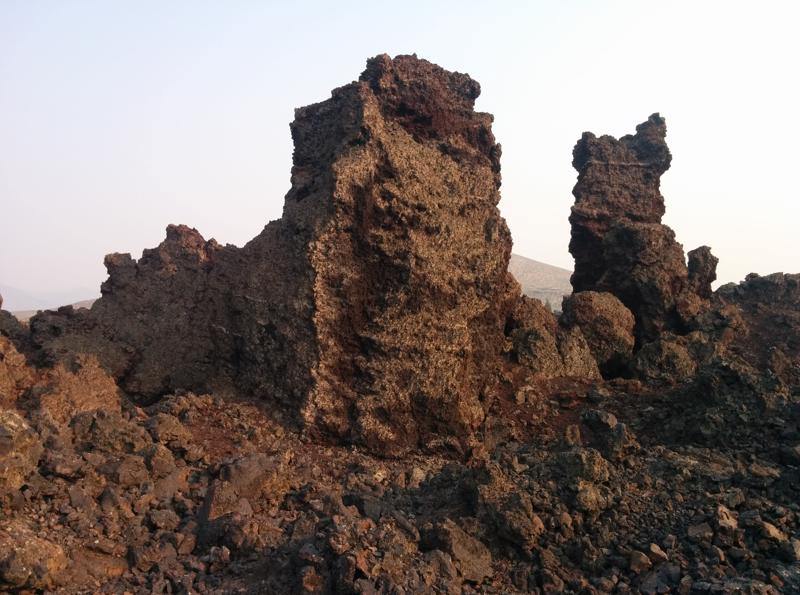
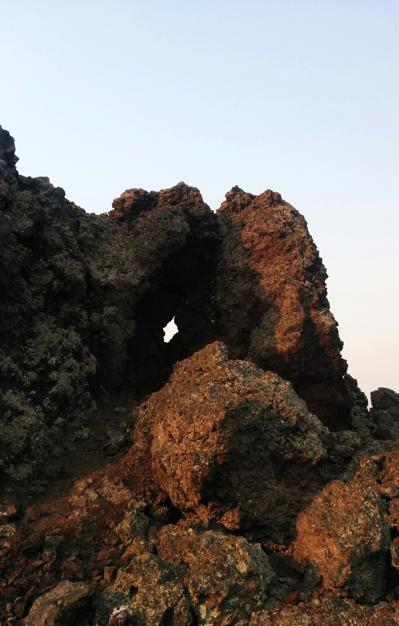
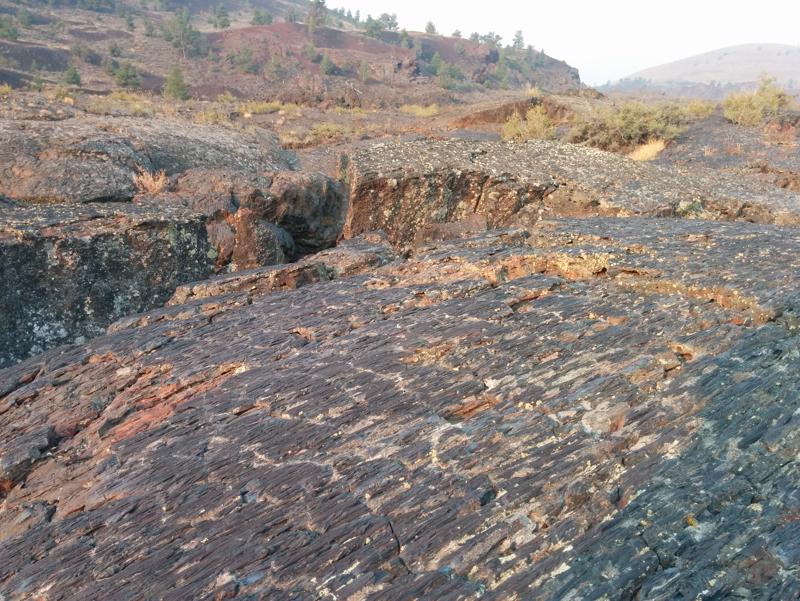

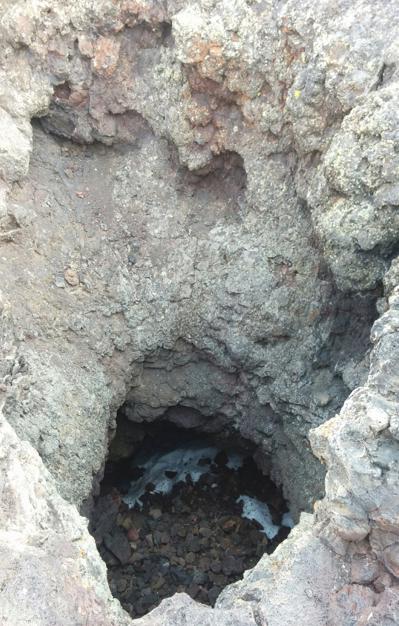
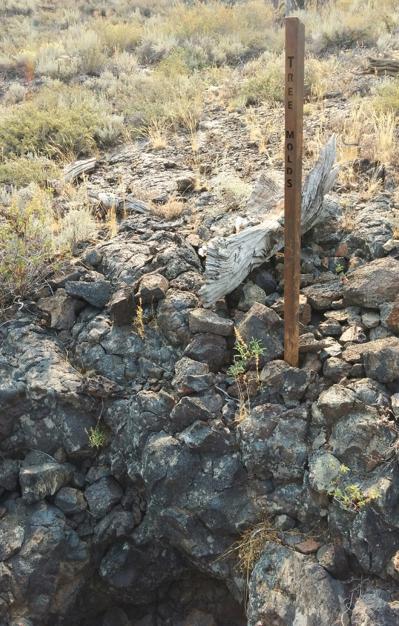
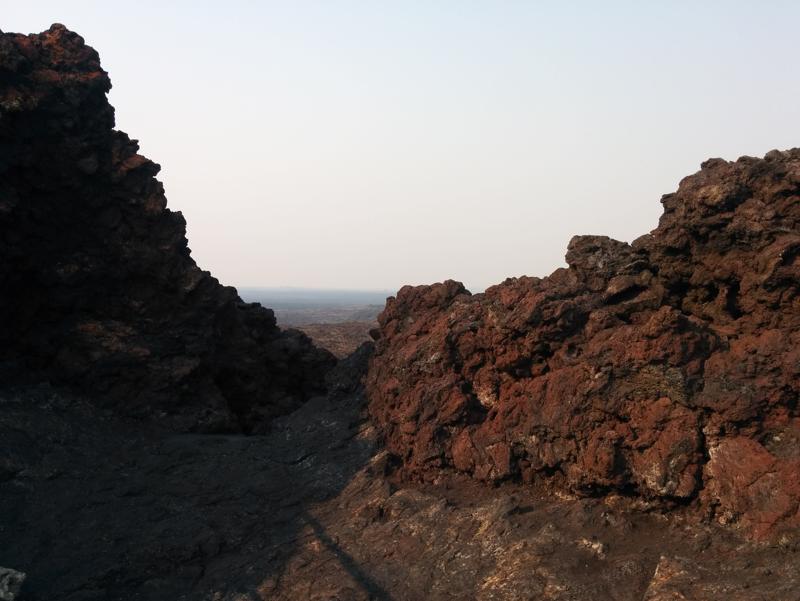

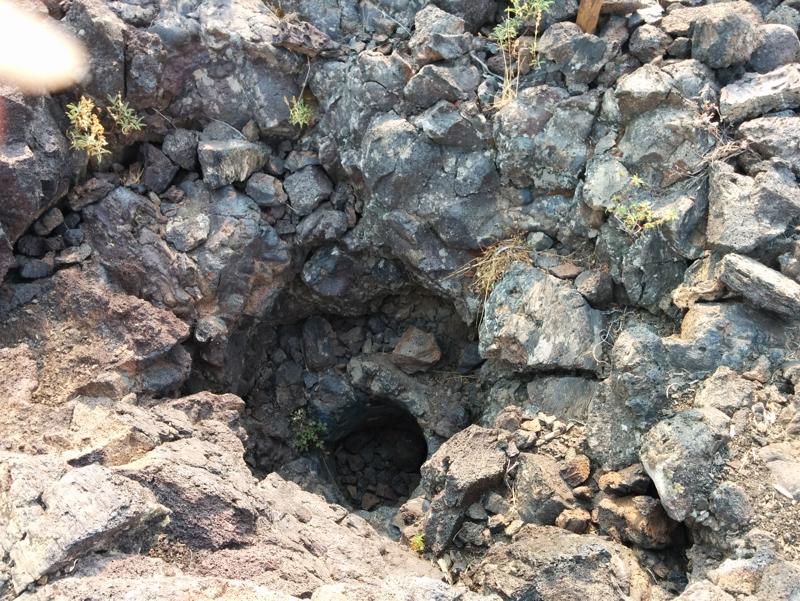

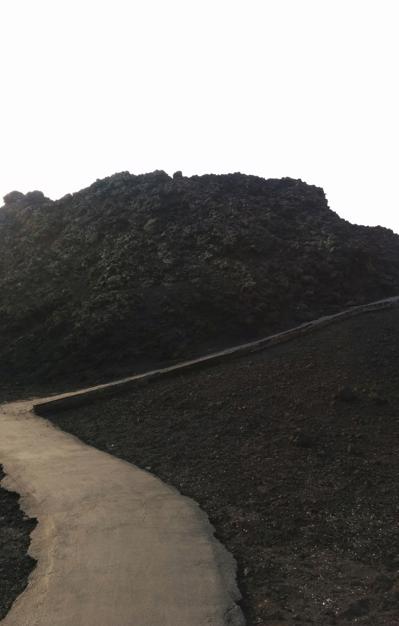
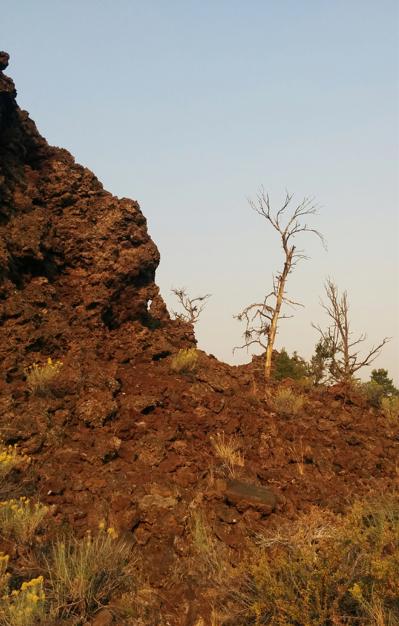
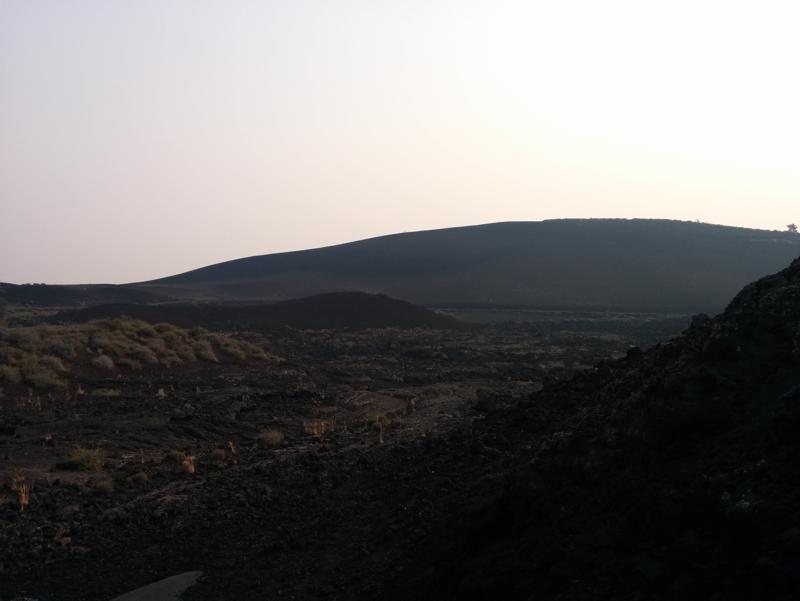
We drove for a couple hours across Idaho, alternating between green irrigated fields and dry sagebrush covered hills. Birds we have seen in the last couple days: eagle, lots of magpies, kestrel, harrier, lots of swallows.
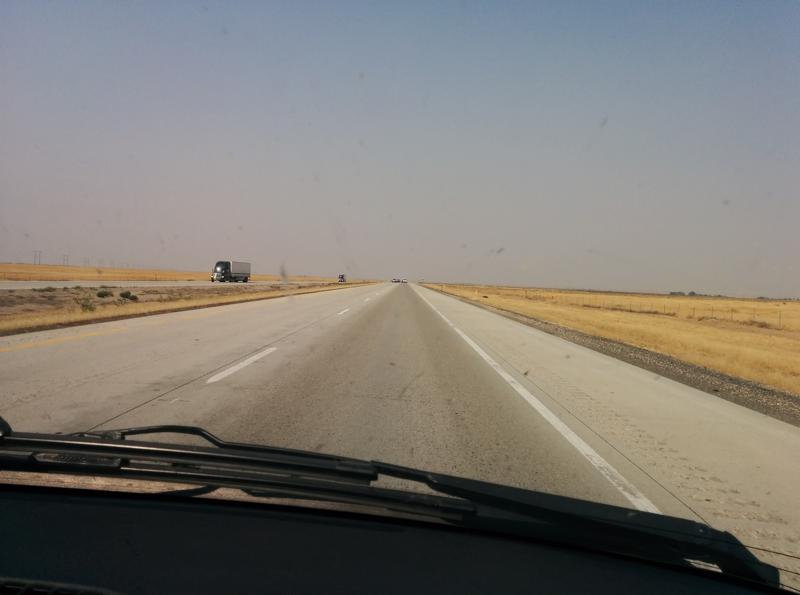
After another hour, we arrived in Boise, for our final state capitol visit. This state capitol was quite plain, with very little artwork. It did have a bright open area in the center, and really big columns.
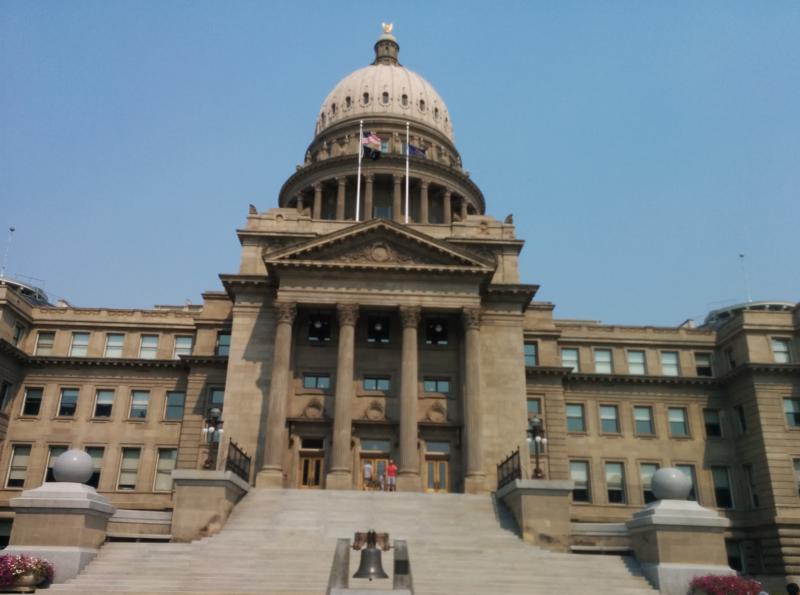

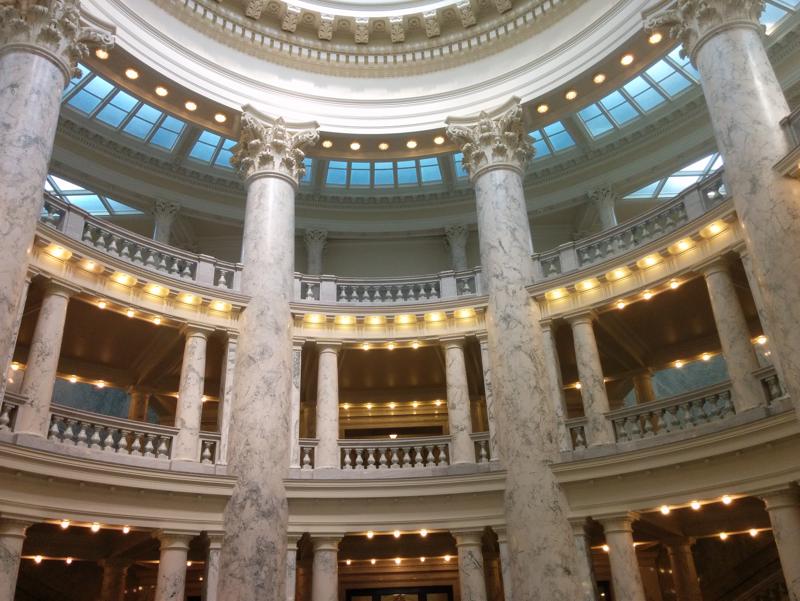
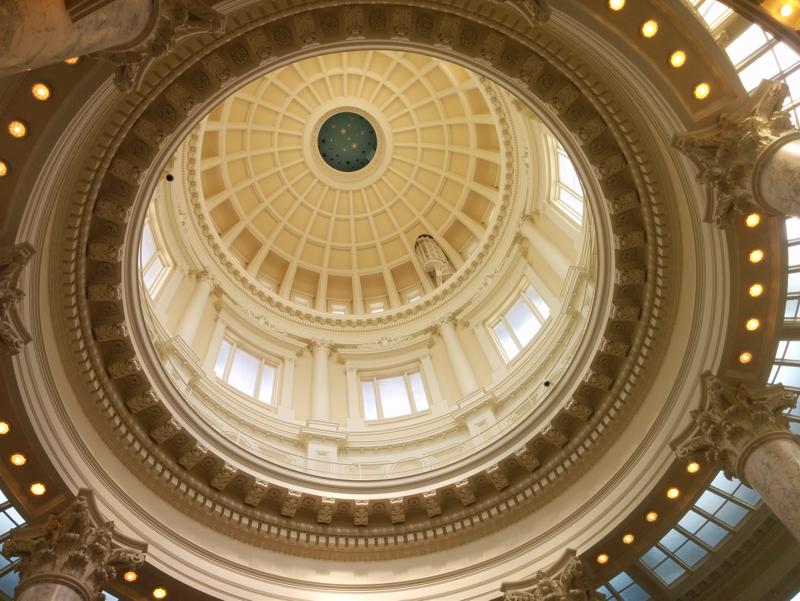

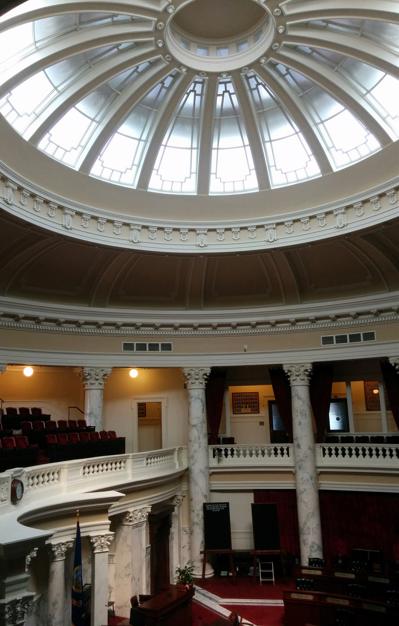
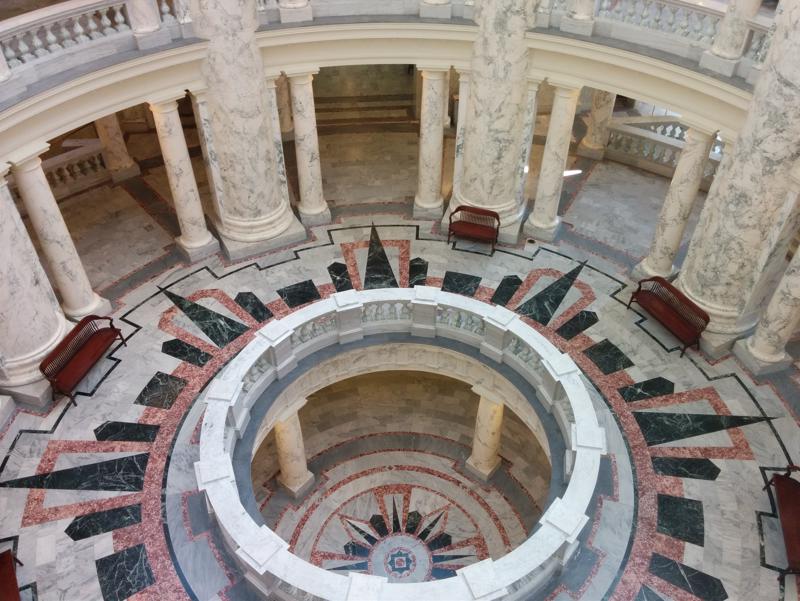
Fun Fact: When the original capitol was built, trees were planted around it. More trees were planted by Presidents Harrison, T. Roosevelt, and Taft. In 2006, the capitol was remodeled, and underground wings were added. The trees had to be removed, but the wood was given to Idaho craftsmen, who created art from them.

After that, we were on our way to Baker City. We crossed into Oregon, and then into our final, Pacific time zone.
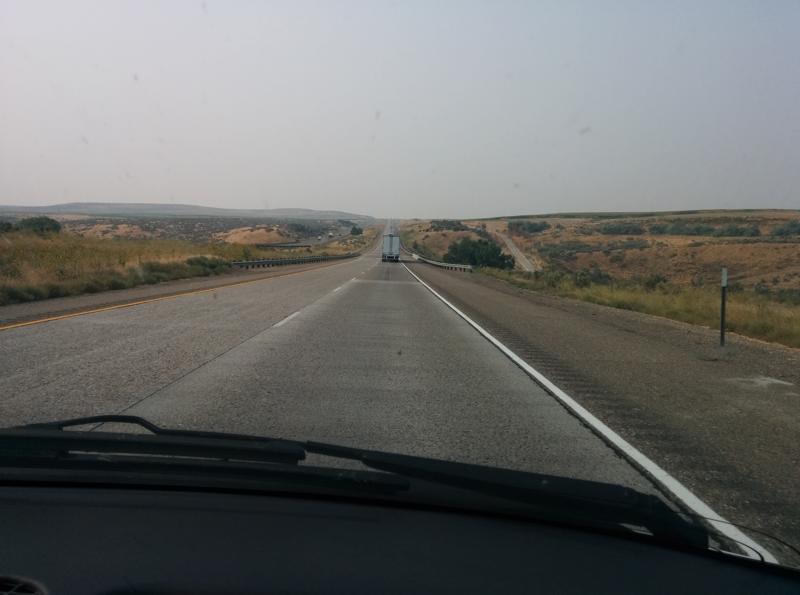
Our destination in Baker City was the National Historic Oregon Trail Interpretive Center. Using life-size displays, this Center tells the story of Oregon Trail pioneers, explorers, miners and settlers of the frontier west. The site includes remnants of the historic Flagstaff Gold Mine, actual ruts carved by pioneer wagons, and magnificent vistas of the historic trail route. They also had an exhibit about John C. Fremont. It described how recently, historians found a kettle, coins and wheels and they linked them to him.
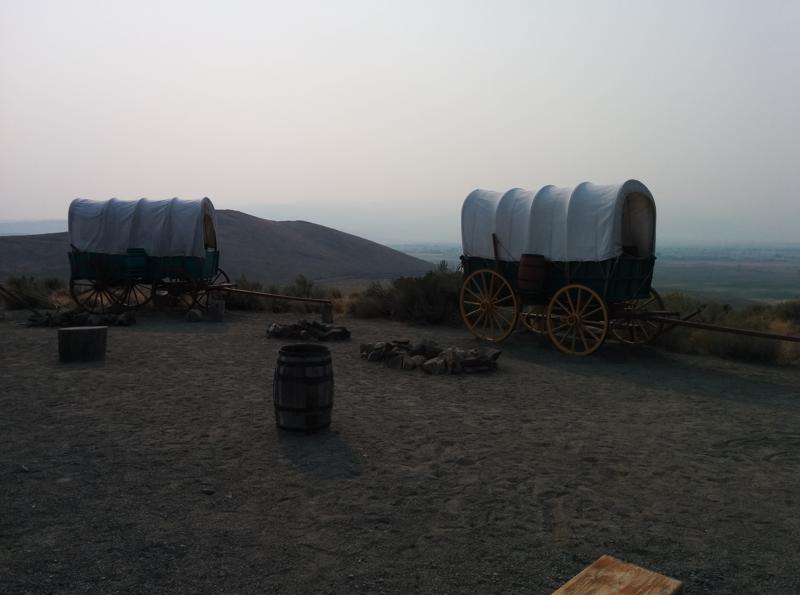

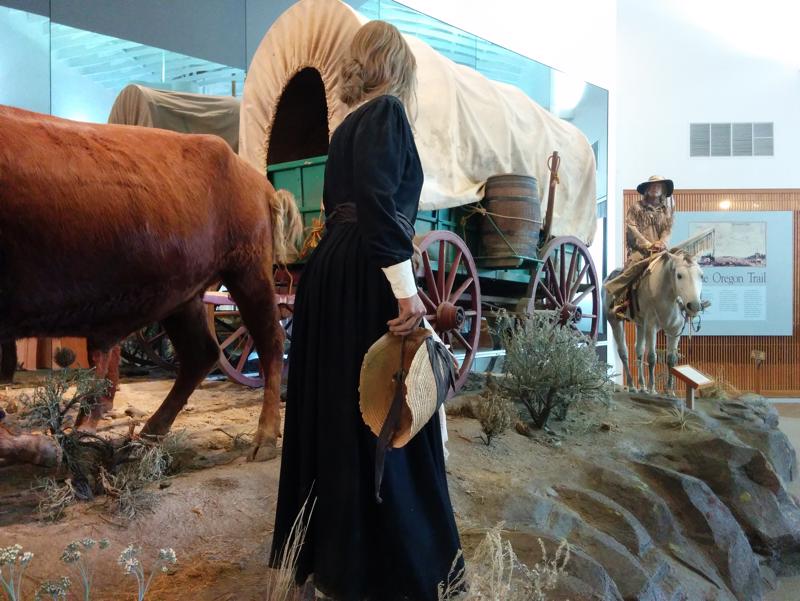
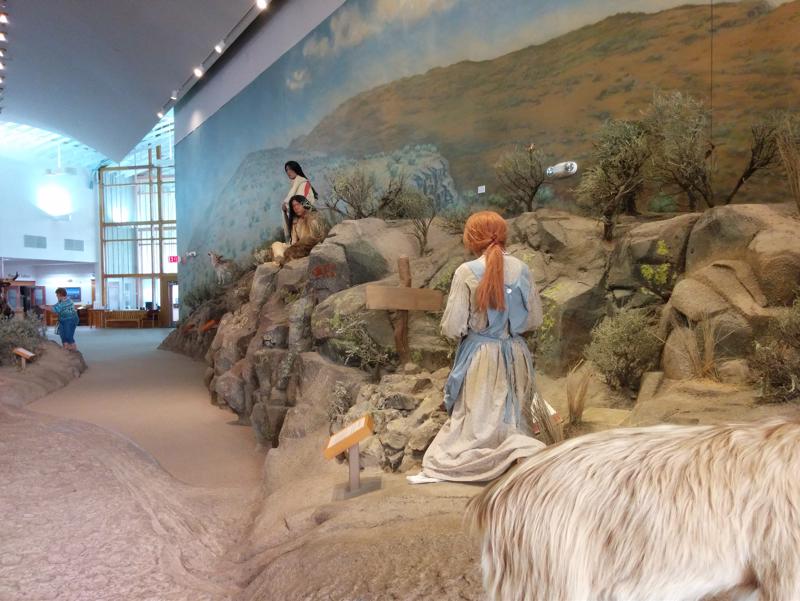
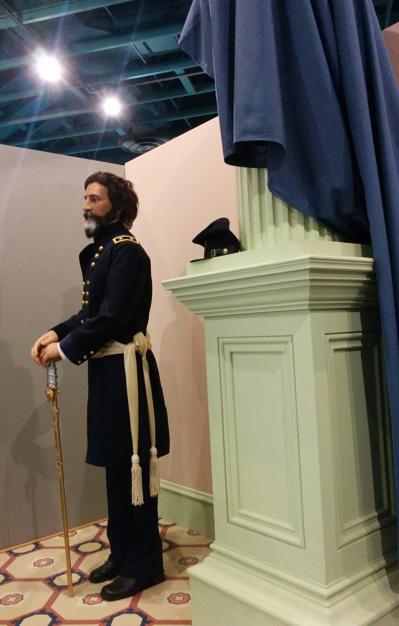
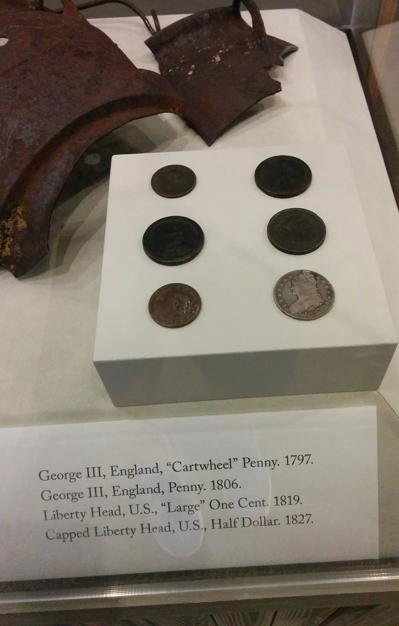
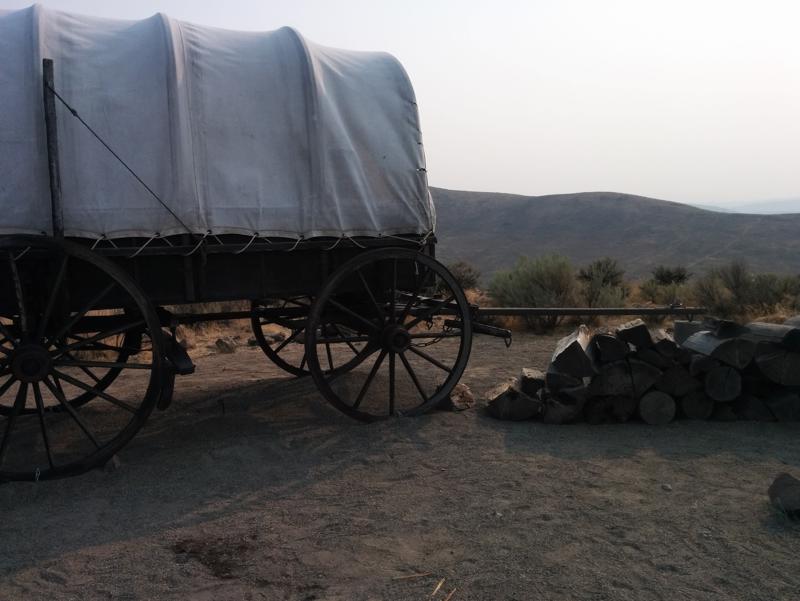
We stopped on our way out to see the ruts, the third time we have been able to see them -- in Nebraska, Colorado, Idaho and now Oregon, which is pretty amazing!
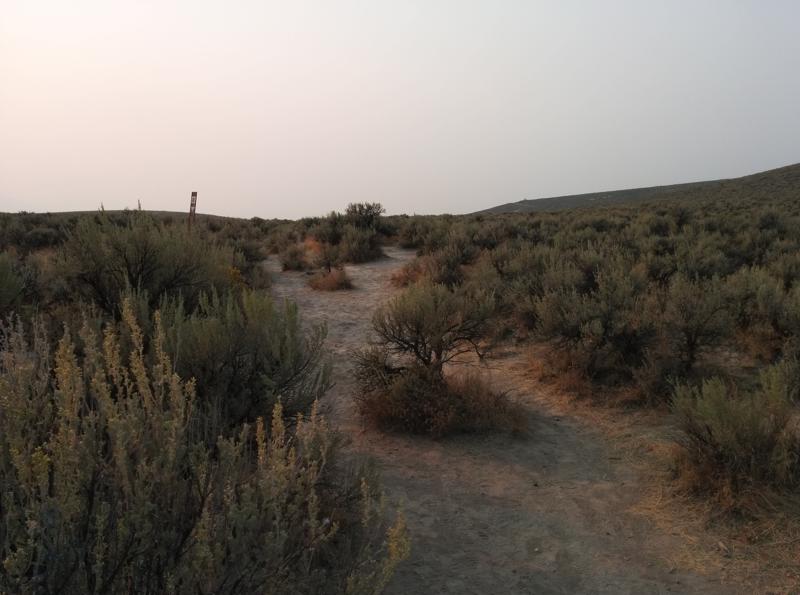
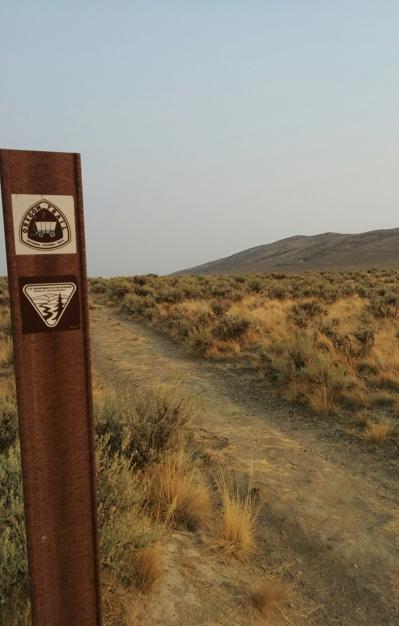

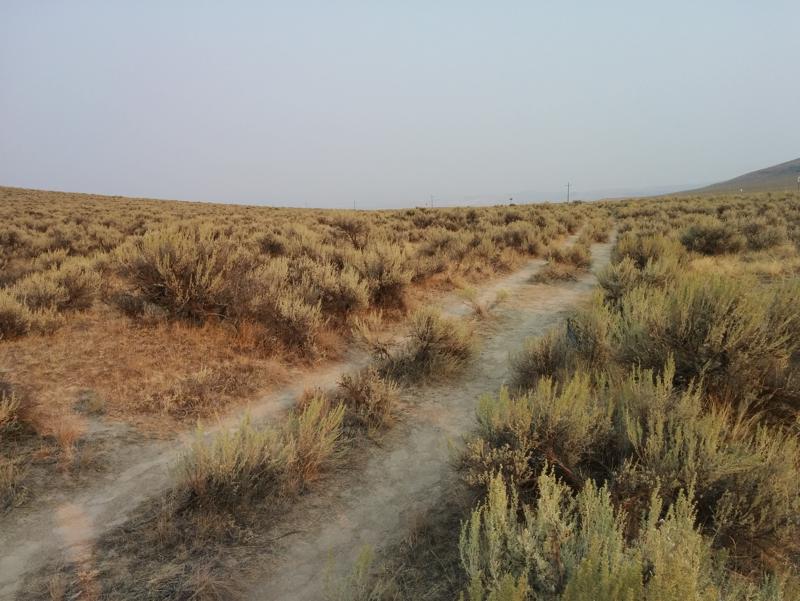

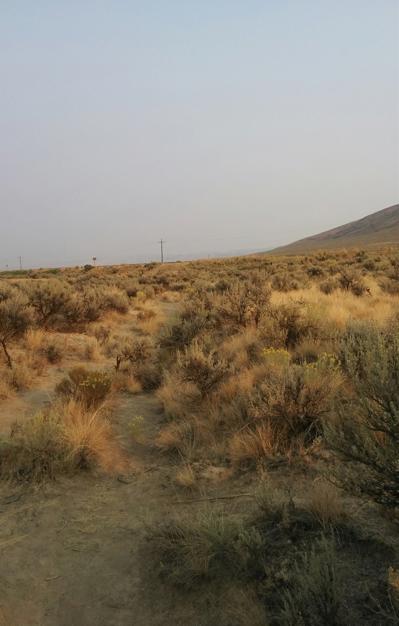
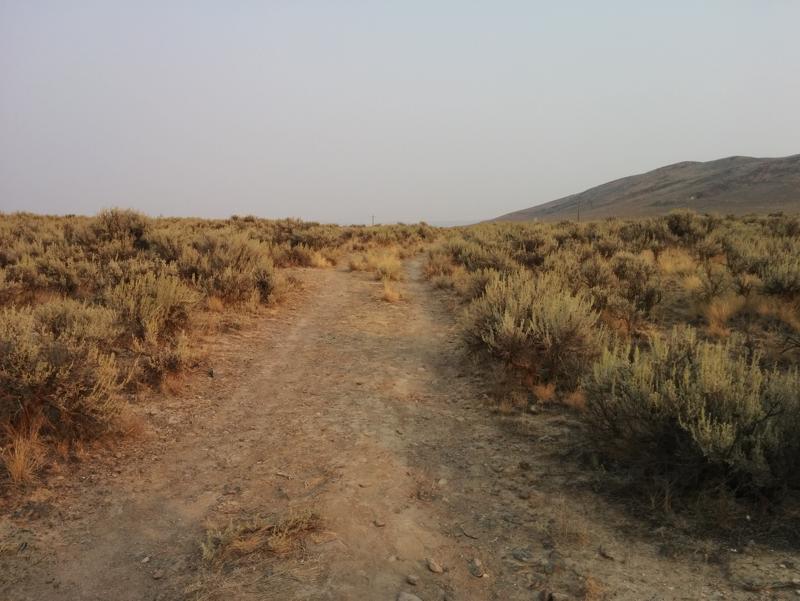
We drove in to Baker City and checked into our hotel. It was hard to find a place to eat, because the restaurants in Baker City are either closed, bad or closed and bad. We ended up at a Mexican restaurant, and it was actually pretty good. At dinner, we talked about how we never got tired of this trip (though we did get tired form waking up early and walking a long way). We saw so many interesting things, and even some of the drives we thought might be terrible (Nebraska, Wyoming), ended up being interesting.

1.
Chapter one
2.
Chapter 2
3.
Chapter 3
4.
Chapter 4
5.
Chapter 5
6.
Chapter 6
7.
Chapter 7
8.
Chapter 8
9.
Chapter 9
10.
Chapter 10
11.
Chapter 11
12.
Chapter 12
13.
Chapter 13
14.
Chapter 14
15.
Chapter 15
16.
Chapter 16
17.
Chapter 17
18.
Chapter 18
19.
Chapter 19
20.
Chapter 20
21.
Chapter 21
22.
Chapter 22
23.
Chapter 23
24.
Chapter 24
25.
Chapter 25
26.
Chapter 26
Share your travel adventures like this!
Create your own travel blog in one step
Share with friends and family to follow your journey
Easy set up, no technical knowledge needed and unlimited storage!